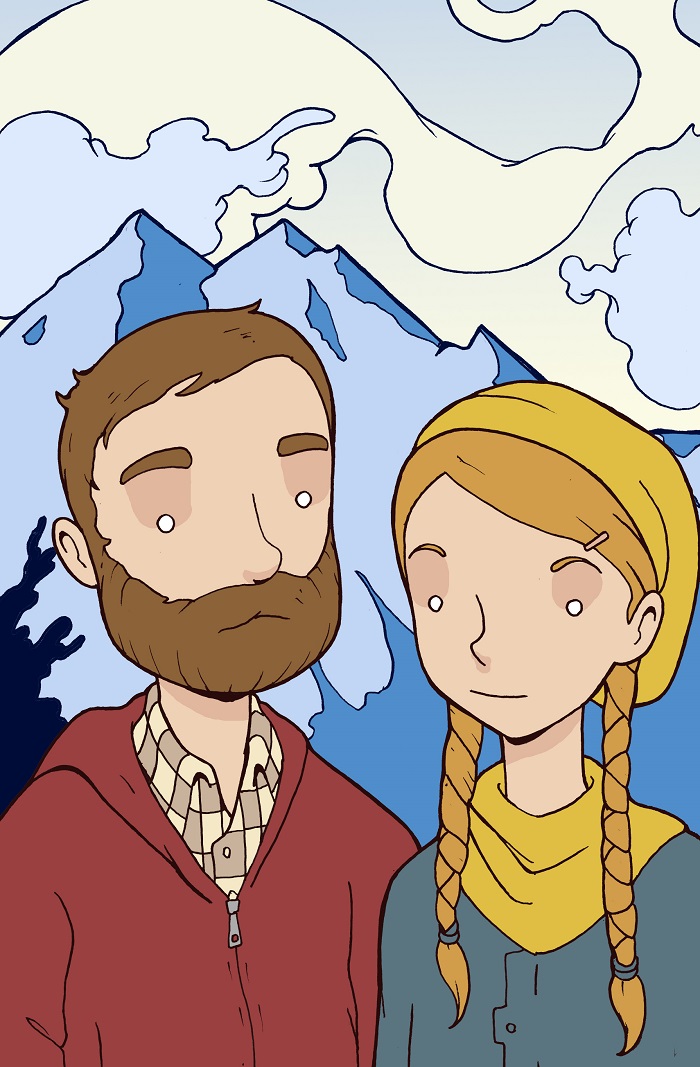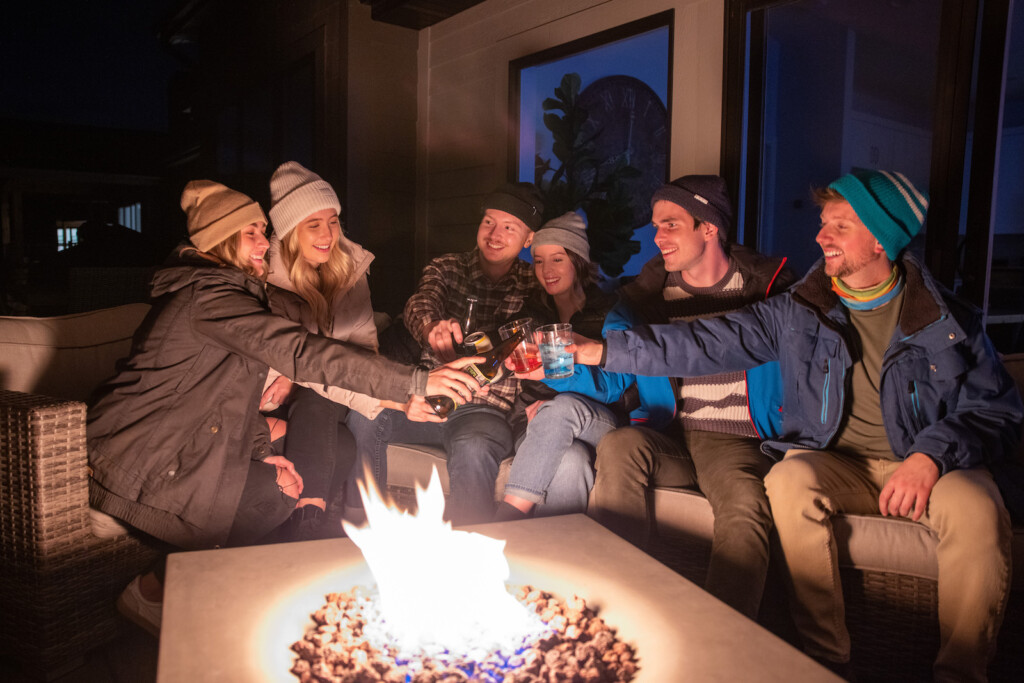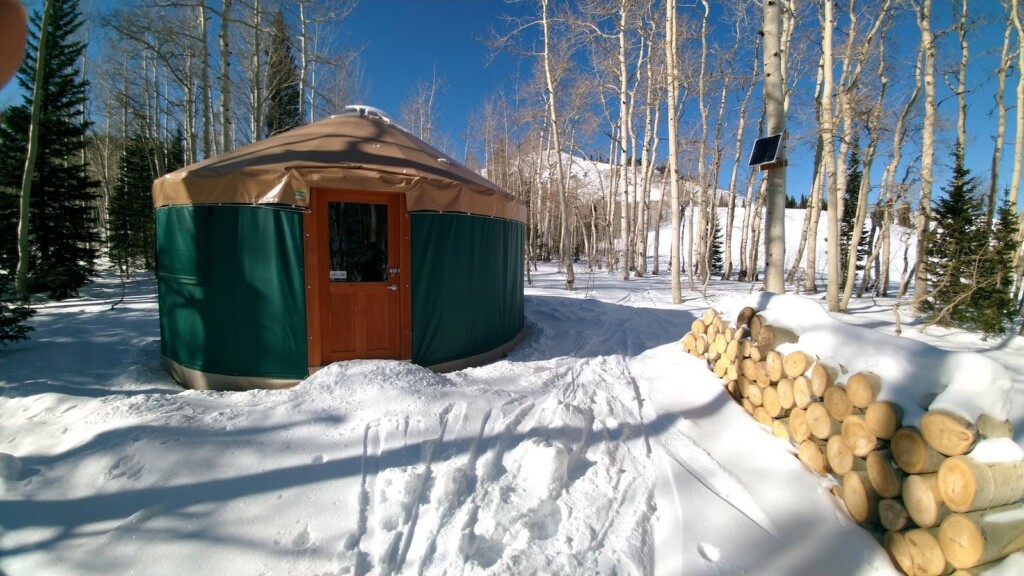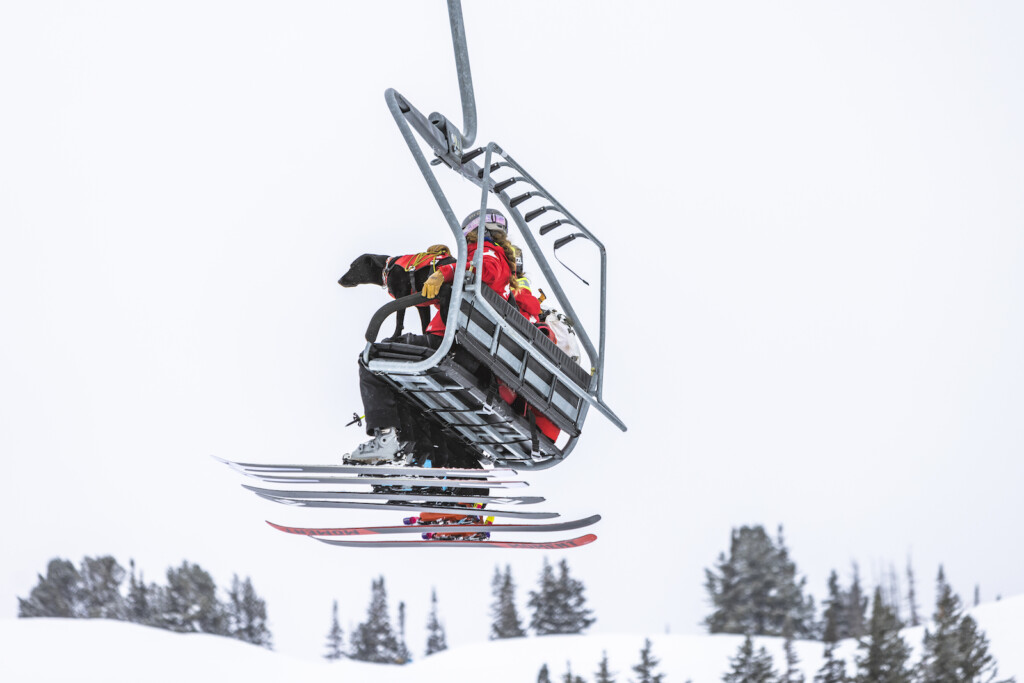
Rock Climbing, ultra running, ice climbing are a few of the sports we examine in our second annual mountain issue. But as some urbanites or new residents to Utah might wonder, why bother with these sports, which are dangerous and could easily cause injury?
I had the privilege to introduce six students from foreign countries all over the world to Utah eight years ago. My wife was in the physics PHd program at the U, and her friends were settling into their lives for the next five years in Utah.
How does a person enjoy Utah? I had one simple answer: the mountains. The Wasatch Range (the front and the back) doesn’t just offer seven world-class ski resorts. In my opinion, these resorts are now largely overpopulated and overdeveloped—perhaps with the exception of Brighton, Alta, and Powder Mountain. But it’s the secluded, pristine mountains that offer a true unique experience. And by getting into climbing, hiking and running, we can find places that are seldom visited by humans. Places where (in my personal enjoyment) dogs might run free, and we get a unique look at the wilderness, where we find moose, elk, bobcat and and sage grouse.
Over five years, I witnessed how my wife’s friends settled in Utah. My friend Sagar, from Mumbai, India, fell in love with the mountains and photographing the scenery—he was very sad to leave. Our friend Maria, from Colombia, really didn’t like Salt Lake City at first because she was not an outdoor enthusiast. But she came to love it after living downtown near City Creek Canyon. Our friend Alex, from Russia, has now been here 10 years, has become an ultra runner, and a complete mountain man, and hunter. He had the opportunity to leave a few years back for Finland, where there were no mountains—he couldn’t do it.
I left the mountains a few years ago for the U.K. and found it incredibly hard to get my “outdoor fix.” there. The U.K. (Cambridge) has quaint countrysides, places that appear out of a fairyland where tiny deer scamper through thickets, and prismatic pheasants fly out of hedgerows; and rolling pastures seem to go on forever, only interrupted by small villages with windmills and thatched-roof cottages. But nothing that could be described as “wilderness.” It’s a place where every square inch has been inhabited by humans for thousands of years.
The greatest asset Utah still has to offer is our wilderness and mountains. The debate over Bears Ears this past month, which brought 5,000 protesters to the state capitol to declare, ‘we are making a stand for our land and wilderness!’ was appropriate, even if misguided, which I’ll go into later.
A farmer told me that Governor Herbert never saw a farm he didn’t want to transform into a development project and he never saw wilderness that he didn’t want to exploit for its fossil fuels. It’s sad that so many leaders in Utah don’t get it. We have something truly special here. Something that leaves people from back east and Europe completely awe-struck. Yet, if Herbert and his cronies decide to mine the Klapowitz Plateau, there is no return to the pristine condition it’s in now. There is no way to undo the complete marring of the landscape. Only after they cut down all of their old-growth forests in the U.K. during the height of the Industrial Revolution, did they realize, as a nation, what a huge tragedy and mistake it was. Their forests would never again regain their former unique ecologies.
If our leadership determines to open up much of the released land from Bears Ears and the Grand Staircase to mining and drilling, we will certainly look back at this time in 20 years and completely regret that we didn’t see past our mistake of taking something that took billions of years to form and which we saw fit to destroy to satisfy a few minutes of the world’s needs for fossil-fuel energy.
Climbing Lingo Guide:
Belayer – The person on the ground who pays out and takes in slack in the rope as the climber ascends the route. The belayer is ready to catch a climber’s fall and often lowers the climber back to the ground once the top is reached. This is possible through many devices, two of which are called the Grigri or an ATC (Air Traffic Controller).
Bouldering—Is a form of climbing done on boulders without the use of a rope, relying on foam pads called Crash Pads and a “spotter” to mitigate injury during a fall. Although Bouldering has become a separate thing of its own in the past 25 years, bouldering is also done in the gym as supplemental training for rope climbing.
Route—Refers to the specific way up a particular climb—sometimes called “the line”—to reach the top—a sort of predetermined “trail.”
Problem—Is the same as a climbing route but used when Bouldering, as in, “That v7 is a really hard problem.”
Vermin Scale (aka V-scale) – A technical grading system for bouldering problems, starting from VO all the way up to V17, which is the hardest problem completed to date.
Yosemite Decimal System – A numerical system for rating the difficulty of walks, hikes, and climbs in the United States, which starts at 5.0–5.15c (from 5.10, it proceeds as follows: 5.10a, 5.10b, 510c, 5.10d to 5.11, so on and so forth). Currently, 5.15c is the hardest route climbed.





